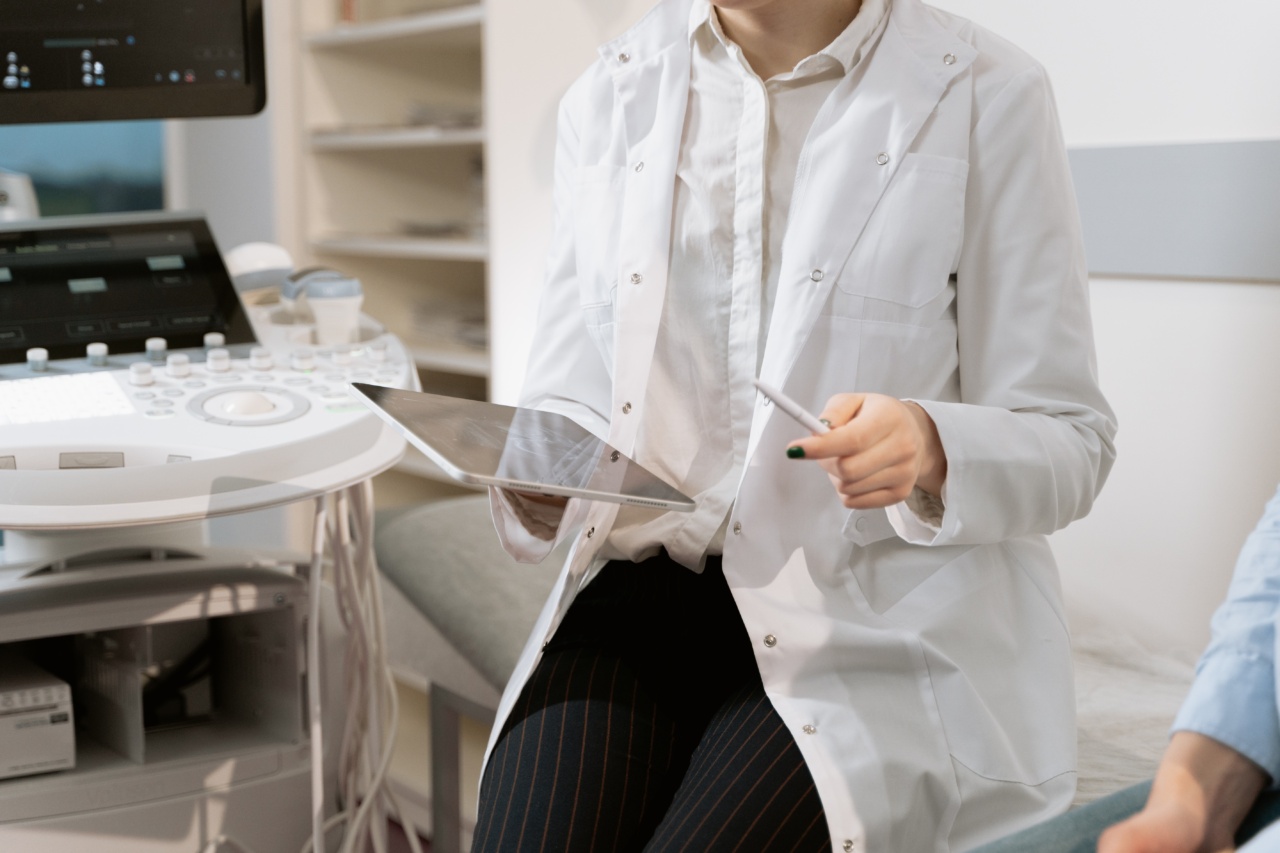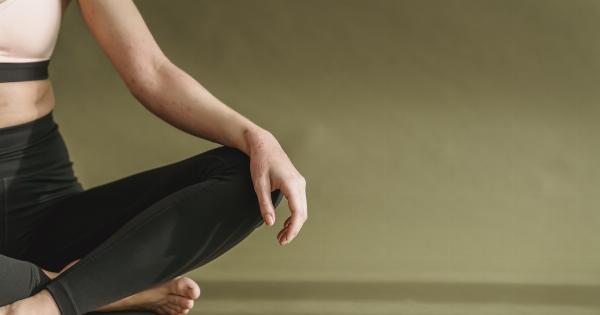Sitting cross-legged has been a common posture adopted by people across cultures for centuries.
From meditation and yoga practitioners to individuals sitting casually on the floor, this position has often been seen as a comfortable and relaxed way to sit. However, not many people are aware that sitting cross-legged may pose certain risks and might not be the best choice for long-term musculoskeletal health.
In this article, we will explore why sitting cross-legged may not be the ideal posture for your body, drawing insights from the perspective of an osteopath.
The Anatomy of Sitting Cross-Legged
When sitting cross-legged, the weight distribution of your body changes compared to when you sit with your feet planted firmly on the ground.
Instead of the majority of your body weight being supported by your sitting bones (ischial tuberosities) and thighs, sitting cross-legged places the weight on the outside of your hips and the inner knee joint. This shift in weight distribution can have various effects on different parts of your body.
Impact on the Hips and Pelvis
Sitting cross-legged causes the hips to rotate externally. This external rotation, over time, can lead to tightness and imbalances in the hip muscles.
Osteopaths often observe that individuals who habitually sit cross-legged may experience hip joint dysfunction, which can result in pain, limited range of motion, and even lower back issues.
Moreover, sitting cross-legged for extended periods might also affect the alignment of the pelvis. The pelvis is designed to provide stability and support for the spine.
However, when sitting in a position that promotes an asymmetrical weight distribution, it can lead to pelvic misalignments. This misalignment may contribute to postural imbalances and discomfort.
Strain on the Knee Joints
One of the most significant concerns about sitting cross-legged is the strain it exerts on the knee joints. When sitting in this position, the inner knee joint is placed under pressure as it is rotated outward.
Over time, this sustained rotational stress can lead to wear and tear on the knee joint, resulting in pain, inflammation, and potentially long-term damage.
Individuals with pre-existing knee conditions, such as osteoarthritis or ligament injuries, should be particularly cautious when sitting cross-legged, as it may aggravate their symptoms and hinder the healing process.
Impact on Posture and Spinal Alignment
Sitting cross-legged for extended periods can also affect your overall posture. This position often leads to a rounded lower back and a forward tilt of the pelvis.
With time, these postural imbalances can contribute to chronic lower back pain, muscle imbalances, and even disc herniations.
Additionally, sitting cross-legged may result in an increased thoracic kyphosis, or rounding of the upper back. This can lead to shoulder and neck tension, as well as breathing difficulties and reduced lung capacity.
Alternatives to Sitting Cross-Legged
If sitting cross-legged is your preferred posture, it is essential to incorporate variety and movement into your sitting routine.
Regularly changing positions and taking breaks can help prevent the negative effects associated with prolonged cross-legged sitting.
Alternatively, consider adopting alternative sitting positions that offer better support and alignment for your musculoskeletal system. Some of these options include:.
1. Seated on a Stability Ball or Exercise Ball
Sitting on a stability ball engages your core muscles and promotes an upright posture. This sitting option can help improve spinal alignment and reduce the strain on your hips and knee joints.
However, ensure the ball is the right size for your height to maintain proper positioning.
2. Sitting on a Chair with Proper Ergonomics
When sitting on a chair, ensure that your feet reach the floor comfortably and that your knees are at a 90-degree angle. Use a cushion or lumbar support if needed to maintain the natural curves of your spine.
3. Using a Backless Stool or Kneeling Chair
Backless stools and kneeling chairs encourage a more open hip angle, taking the pressure off your knees and redirecting it towards your sitting bones. These alternatives can help improve posture and reduce strain on the joints.
4. Sitting on the Floor with Support
If you prefer sitting on the floor, consider using props such as cushions or blocks to provide support and maintain proper alignment. This can help distribute your weight more evenly and reduce the strain on specific joints.
5. Regular Movement Breaks and Stretching
Regardless of your sitting position, make sure to take regular breaks to stand up, stretch, and move around. Incorporating gentle stretching exercises can help counteract the effects of long periods of sitting and prevent stiffness and discomfort.
The Role of an Osteopath
If you experience persistent pain or discomfort from sitting cross-legged or any other sitting position, consulting with an osteopath can be beneficial.
Osteopaths are healthcare professionals who specialize in assessing, diagnosing, and treating musculoskeletal conditions.
An osteopath can evaluate your posture, identify any imbalances or dysfunction, and provide a tailored treatment plan to address your specific needs.
They may use a combination of manual therapy, exercise prescription, and lifestyle recommendations to help you improve your musculoskeletal health and manage any existing conditions.
Conclusion
Sitting cross-legged has its historical and cultural significance, but it may not be the best choice for everyone’s musculoskeletal health in the long run.
While occasional cross-legged sitting is unlikely to cause significant harm, habitual or prolonged periods of sitting in this position can lead to various issues such as hip and knee strain, posture imbalances, and even chronic pain.
Considering alternative sitting positions and incorporating regular movement breaks can help reduce the negative effects associated with sitting cross-legged.
If you experience persistent discomfort or pain, seeking the advice of an osteopath can provide valuable insights and support in improving your musculoskeletal well-being.




























